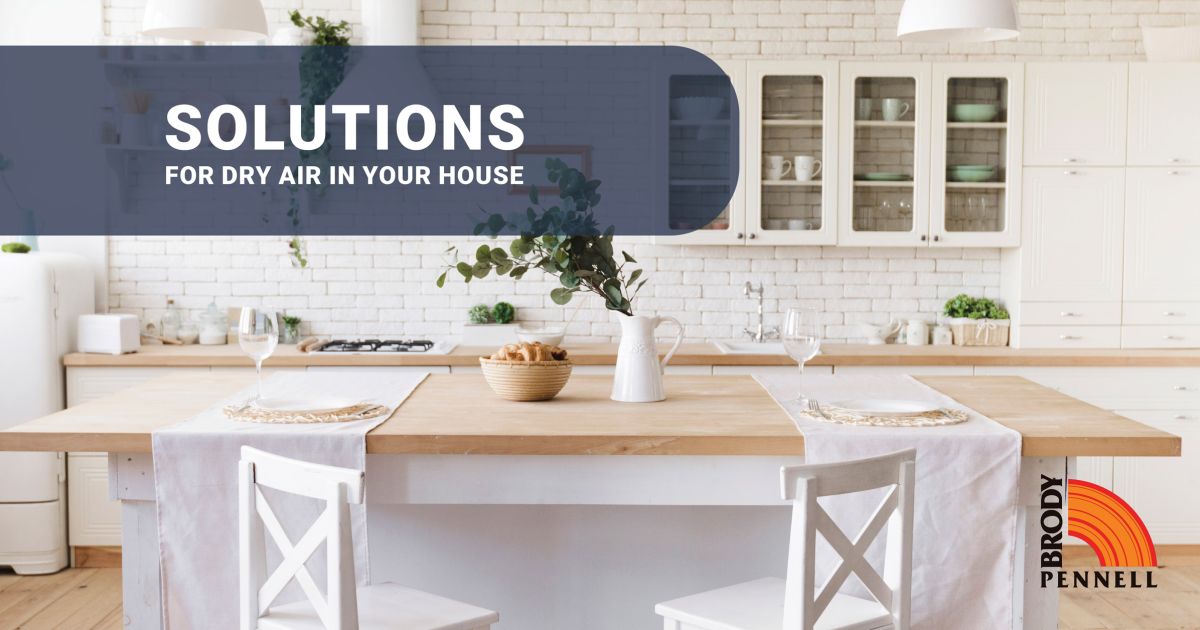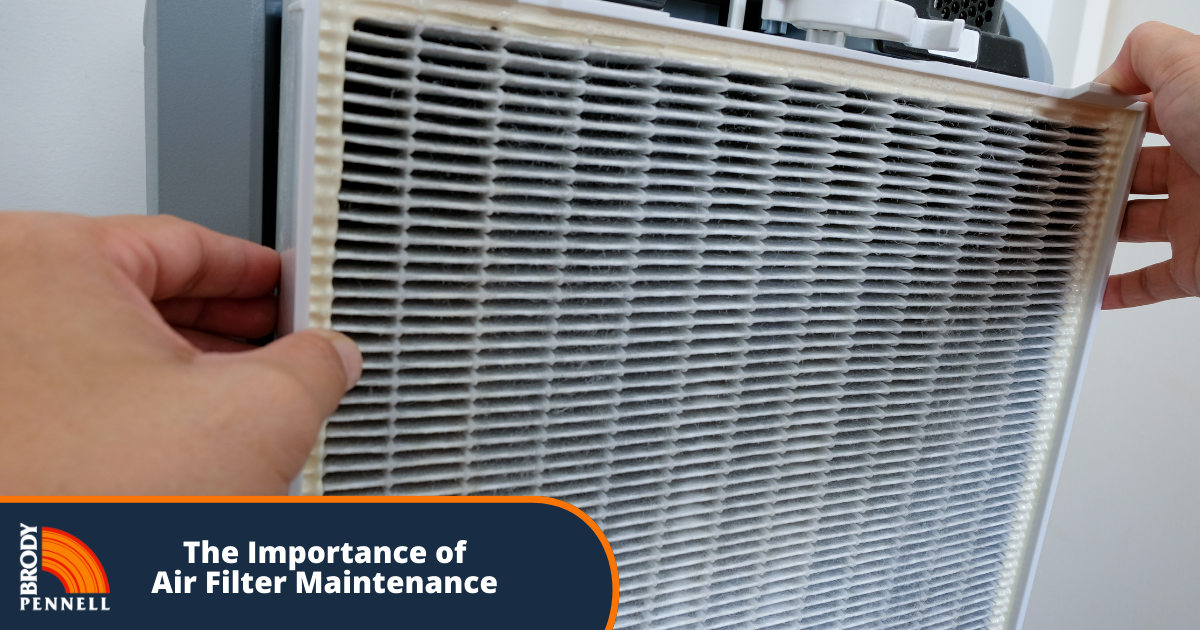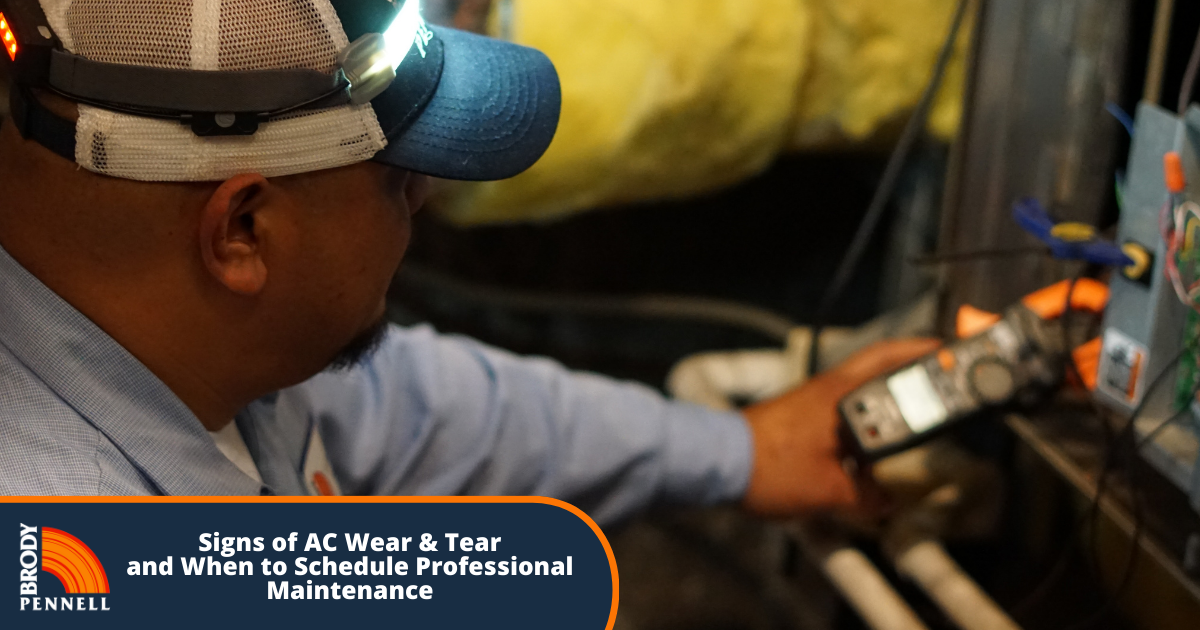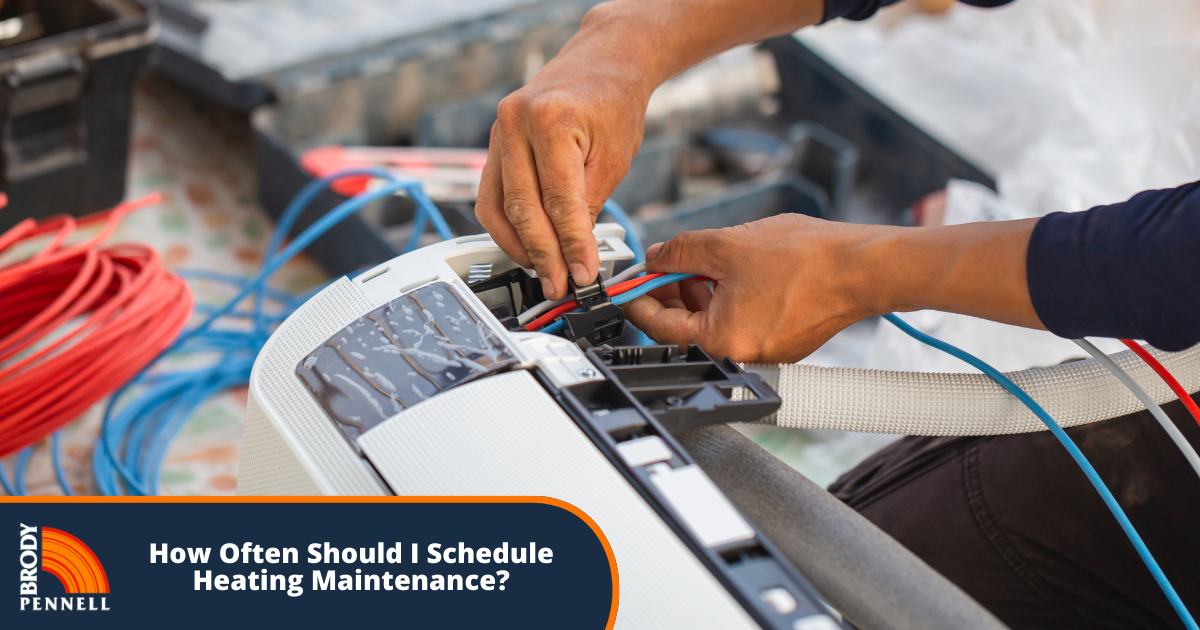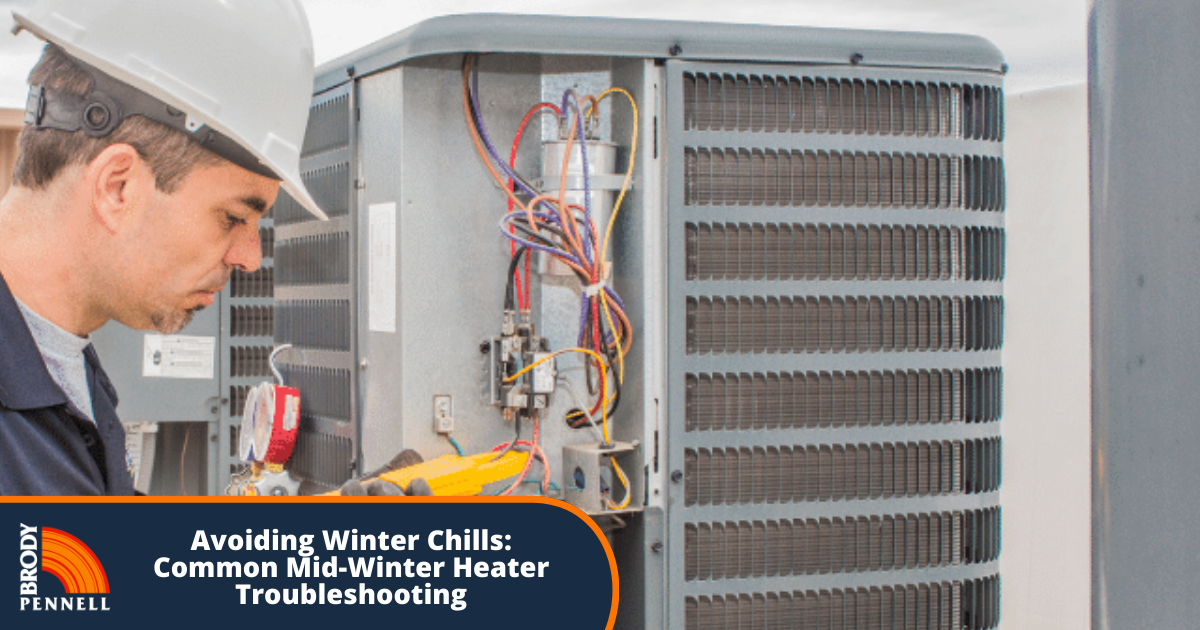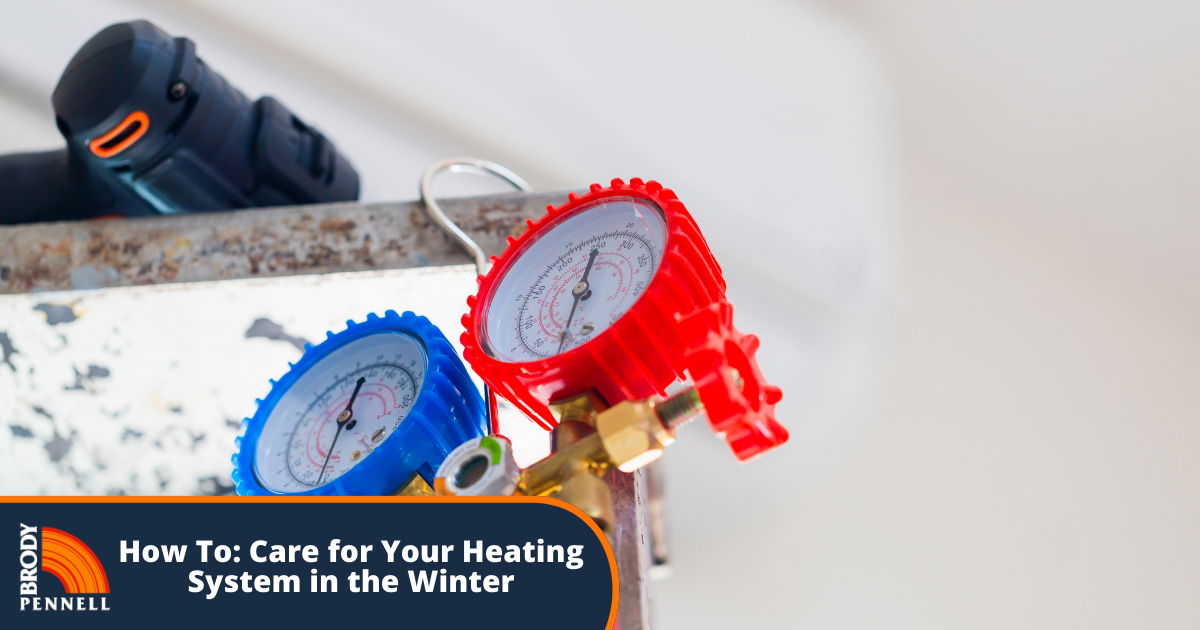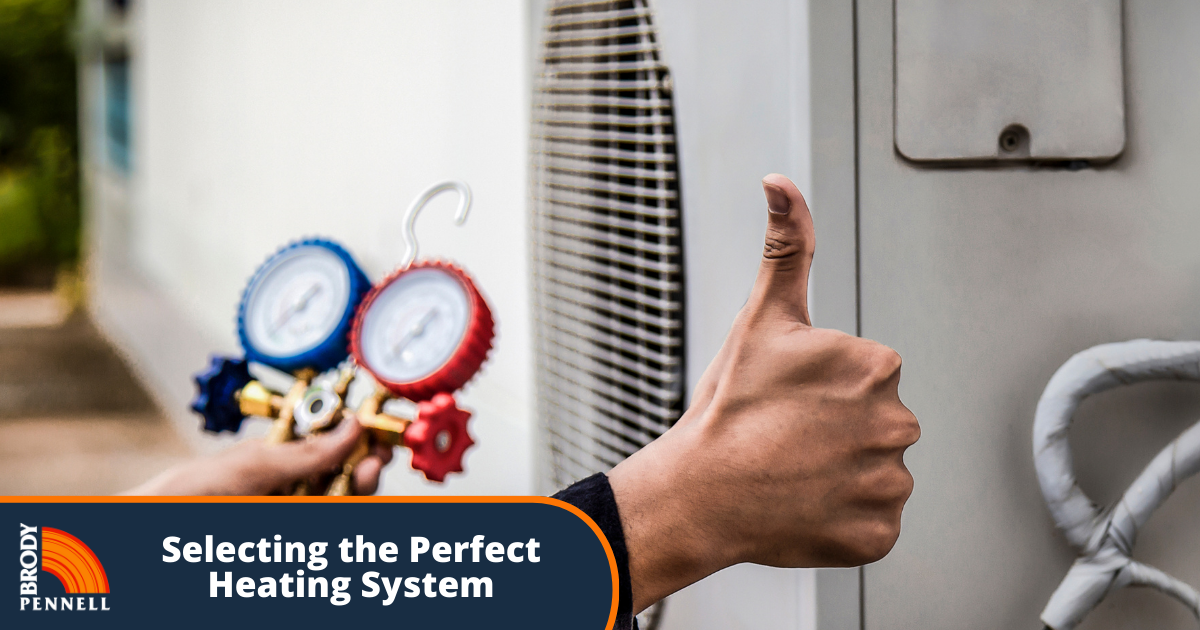Feeling like an electricity generator? We’ve all been there. It seems like everything you touch results in a ZAP! Even the gentle touch of a loved one can cause that quick, sharp shock. Static electricity is a symptom of a bigger problem: the air in your house is just too dry.
Static electricity is frustrating, sure. But dry air isn’t just an annoyance.
The Problem with Dry Air
The air in your home has two main properties: temperature and humidity. Ideally, the humidity level in your house should be around 45%.
Most of us are familiar with the problems caused by too much moisture. Besides the dampness, you’d feel, too much humidity can be breeding grounds for bacteria and mold.
We don’t often hear about the problems caused by air that is too dry. Dry air causes noticeable changes, like static electricity. You might also notice that your skin gets crackly or scaly, or your lips stay dry and chapped.
But there’s also the changes internal functions to be aware of, like mucous membranes (yes, we’re talking the stuff inside your nose). When mucus is too dry, it loses its natural barrier against inflation of the respiratory tract. As a result, you can be more prone to sickness.
How do I know if the air in my house is too dry?
There are a variety of ways to monitor the moisture level of the air inside your home to ensure it is not too dry. Any of the following methods would work:
1 – Sensing – If your home is at the right humidity level, you won’t have any of the problems associated with dry air. For example, no one in your home will suffer from extra-dry skin, chapped lips, or bloody noses. Also, you won’t be subjected to static electricity at every doorknob.
2 – Changes in your Home – Dry air will pull moisture from your house’s structure and furnishings. So, warped and creaky wood is an indicator of air that’s too dry. You can also check for chipped and flaking paint.
3 – Monitoring – Many thermostats these days come with a humidity sensor built-in. This way, you can know for sure the moisture content of the air in your house. But if your thermostat doesn’t have this feature, not to worry. You can purchase temperature and humidity monitors very inexpensively.
What solutions are there for dry air?
Although there are many short-term solutions for dry air, we encourage you to consider a permanent solution for your house. Installing a humidifier alongside the rest of your HVAC equipment will ensure that your humidity levels never drop below the acceptable range. This way, you can avoid the inconvenience of air with low humidity levels.
And yes – there are many cheap space humidifiers available. The problem with these local humidifiers is that you have to remember to turn them on, power them off, and then to add water. And, a small humidifier will only help the air nearby – not all of the air inside your house.
A whole-home humidifier is installed with your heating and cooling equipment. This way, all of the air in your home will get treated. And best of all, you’ll never have to worry about turning it on or off, or remembering to refill any water reservoirs. A whole-home humidifier is connected to your water line.
In short, a whole-home humidifier can help preserve comfort and healthier air in every space.
Dry Air Solutions from Brody Pennell
Don’t let dry air make you uncomfortable or susceptible to illness. Take control with a whole-home humidifier and enjoy the air all year long. Contact us today for a no-obligation consultation on adding a humidifier to your HVAC system.
Brody Pennell
Since 1945, Brody Pennell Heating & Air Conditioning is the committed to helping homeowners in the greater Los Angeles area experience total home comfort. In 2021, the readers of the Los Angeles Times voted Brody Pennell the Best HVAC Company in the area.
Request Service
Please fill out the form below to request an estimate or schedule service.
"*" indicates required fields
